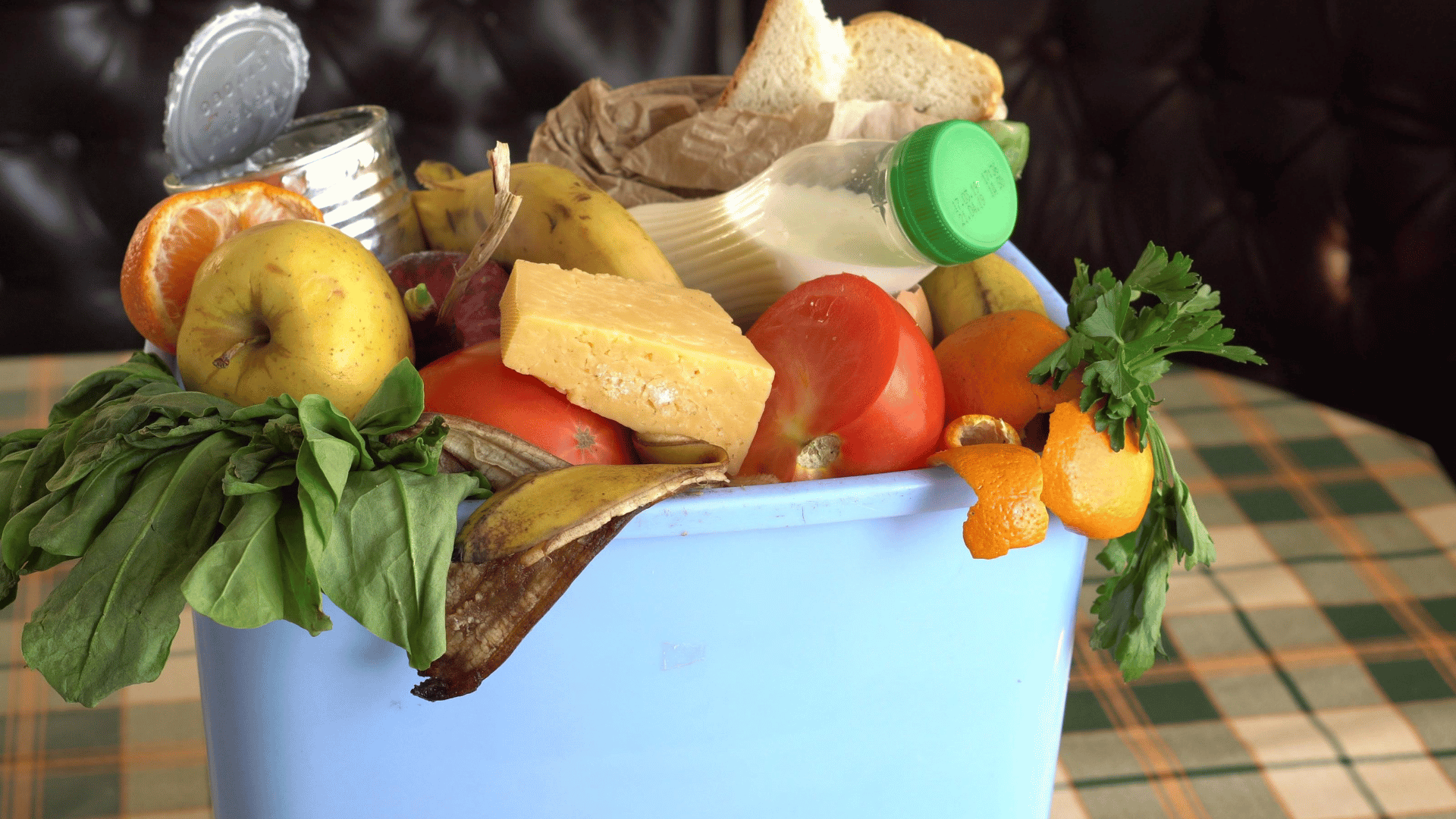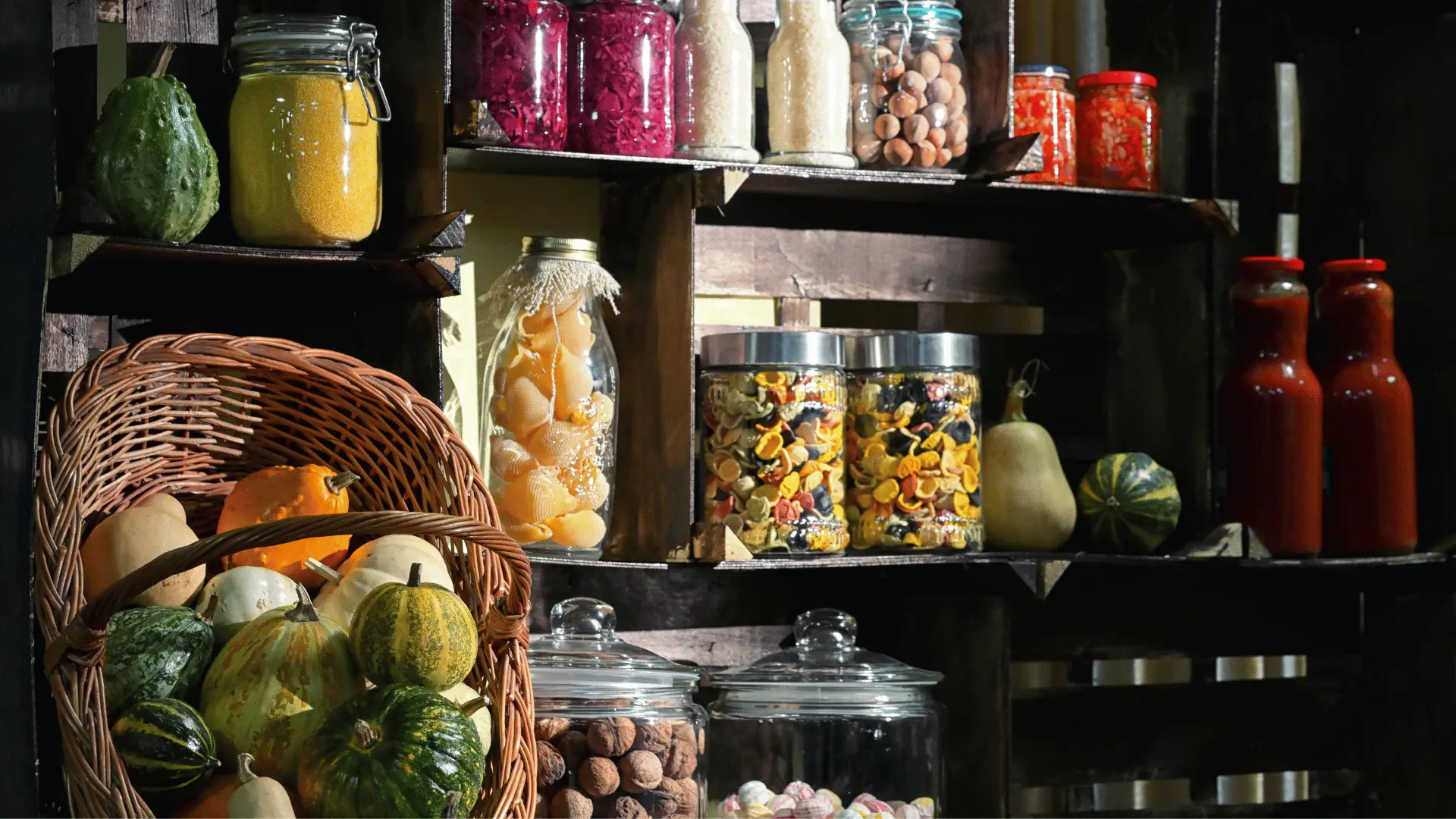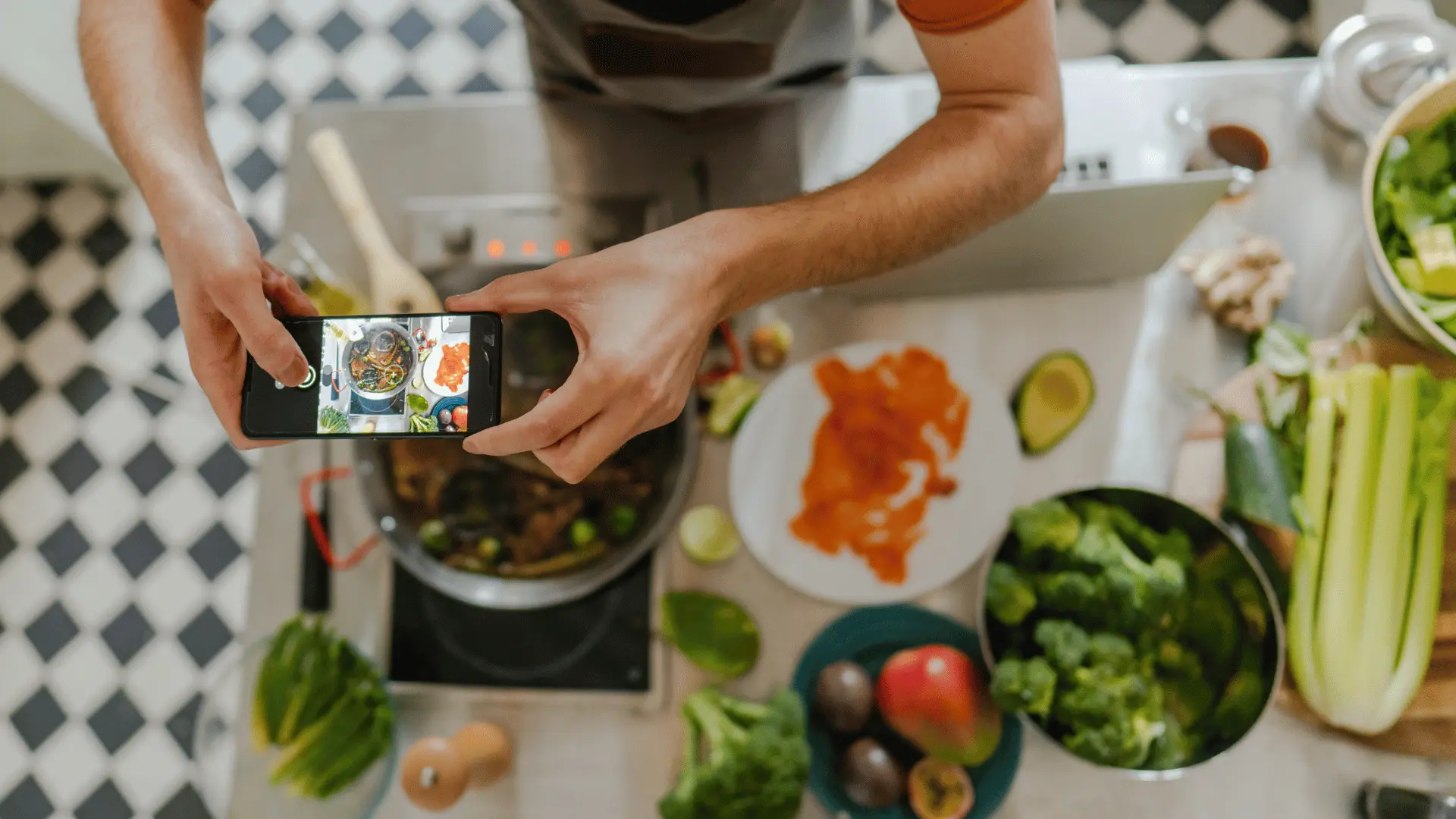
Why Meal Planning Matters for Reducing Food Waste (and Saving Money)
Every week, households across the country throw away bags of uneaten groceries—wilted greens, forgotten leftovers, or pantry items that expired months ago. It may not feel like much in the moment, but those small amounts add up quickly. According to the USDA, Americans waste between 30–40% of the food supply each year, costing the average family of four roughly $1,500 annually in wasted food. Beyond the financial impact, food waste is a leading contributor to greenhouse gas emissions when discarded items end up in landfills.
The good news? Most of this waste is preventable, and one of the simplest solutions is also the most effective: meal planning. By taking a little time to organize meals in advance, you not only save money and stress—you also make a meaningful impact on reducing waste and caring for the planet. Let’s explore how planning ahead changes the way we shop, cook, and eat.
Why So Much Food Goes to Waste
To understand how meal planning helps, we first need to look at why food waste happens in the first place. The top culprits include:
- Overbuying: Going to the grocery store without a plan often leads to impulse purchases or buying duplicates of ingredients you already have at home.
- Forgetting what you bought: Items get buried in the fridge or pantry until they spoil.
- Cooking too much: Leftovers are cooked with good intentions, but often left uneaten.
- Chaotic schedules: When plans change, carefully bought ingredients or prepared meals go unused.
- Lack of clarity: Not knowing what meals you’ll cook leads to mismatched ingredients that don’t quite come together.
Without structure, even the best intentions can turn into food (and money) in the trash.
How Meal Planning Cuts Waste and Costs
Meal planning addresses these challenges head-on by creating intentionality. Here’s how it makes a difference:
- Buy only what you need: When you plan meals in advance, your grocery list is tied directly to recipes. This keeps you from buying unnecessary extras and ensures every item has a purpose.
- Reduce duplicates: Planning means you check your pantry and fridge before shopping, cutting down on accidentally buying ingredients you already own.
- Portion control: By planning servings, you avoid cooking more than you can realistically eat, reducing uneaten leftovers.
- Smarter storage: Knowing what meals are coming up helps you organize your fridge and freezer, so food gets used before it spoils.
- Save money: With less waste and fewer impulse buys, families often see noticeable savings—some experts estimate as much as 25% of grocery costs can be trimmed with consistent meal planning.
The Environmental Impact
Beyond the household budget, reducing food waste has a real environmental impact. Wasted food is the single largest category of material in U.S. landfills, according to the EPA, and when it decomposes, it produces methane—a greenhouse gas more potent than carbon dioxide. By planning meals and cutting waste, households play an important role in addressing climate change while also setting an example for children and communities.
Real-Life Scenarios
Meal planning doesn’t just live on paper—it plays out in everyday life. Here are some examples of how it works in practice:
- The Busy Family: On Sunday, they use Recipe Memory to map out dinners for the week. Each recipe generates an automatic grocery list, preventing forgotten items and impulse buys. By Friday, there’s less food spoiling in the fridge and more money left in the budget.
- The Couple with a Packed Schedule: Instead of ordering takeout three times a week, they plan quick meals that fit into their evenings. Leftovers from Tuesday’s stir-fry become lunch on Wednesday, ensuring nothing goes to waste.
- The Empty Nesters: They’ve learned to scale recipes down with meal planning tools, preventing oversized portions that often went uneaten in the past.
Practical Tips for Reducing Waste with Meal Planning
Here are some actionable strategies you can start using right away:
- Plan around perishable items first: Slot meals that use fresh produce early in the week, and save pantry- or freezer-based meals for later.
- Cook once, eat twice: Make larger portions of versatile dishes (like roasted vegetables or grilled chicken) that can be repurposed into different meals.
- Use the freezer as backup: Freeze bread, cooked rice, or leftovers before they go bad. Meal planning helps you flag what should be eaten versus frozen.
- Rotate “use-it-up” meals: Dedicate one night per week to clearing out the fridge. Soups, stir-fries, and grain bowls are perfect for this.
- Keep an inventory: Use meal planning notes in Recipe Memory to track what’s on hand and avoid duplicate purchases.
Pairing Meal Planning with Recipe Memory
While the concept of meal planning is simple, keeping it organized can feel tricky. That’s where Recipe Memory comes in. With features designed to support smarter shopping and cooking, it ensures your plans are both practical and effective:
- Weekly calendar view: See your meals at a glance so you know exactly what to cook and when.
- Smart grocery lists: Automatically generate shopping lists from planned meals, so every ingredient is intentional.
- Recipe integration: Save and reuse your favorite recipes, making it easy to repeat the meals that worked well and reduce uncertainty.
- Waste reduction prompts: Tag freezer-friendly recipes and leftovers to make sure nothing gets overlooked.
Why It Matters
At first glance, meal planning may seem like just another chore. But when you consider the ripple effects—less waste, lower grocery bills, healthier eating, and a lighter environmental footprint—it becomes clear that meal planning is one of the most impactful habits a household can adopt. It’s not about perfection; it’s about intention, and the small steps add up over time.
Key Takeaway
Meal planning is more than a tool for stress-free dinners—it’s a powerful way to reduce food waste and save money. By planning ahead, buying intentionally, and cooking with purpose, you protect your budget, strengthen your household routines, and contribute to a healthier planet. With Recipe Memory, that process becomes even easier, turning good intentions into daily habits that matter.
Love what you’re reading?
Join Recipe Memory today to save your favorite recipes, plan meals with ease, and create smart grocery lists ...all in one place.







